Researchers' Night 2025
We last participated in the Researchers' Night program the year before last, as last year's event clashed with KOKI DAYS. It is true that, as we have experienced on previous occasions, only half of those who registered for the programs actually attended, but those who were there left with a wealth of experiences.
Our program started with two presentations.
The first was given by Krisztián Zichó.
"I was very happy when László Acsády asked me to give a lecture at Researchers' Night, and I gladly accepted the task. At Gábor Nyiri's suggestion, I chose the brain processes of memory as my topic, which I supplemented with a presentation of some interesting neuroscience methods, such as optogenetics, as I am familiar with these myself. I had never given a lecture to a lay audience before, so this was a new challenge for me, but I learned a lot from it, and I feel that in the end I managed to put together a lecture that was easy to understand and aroused interest. Although 60 places were filled during registration, only about 30-35 people showed up at the venue, which I found a bit disappointing. At the same time, those who did come were very interested and asked many questions, mainly about modern research methods. Overall, it was a very positive and inspiring experience for me."
Next up was Balázs Ujfalussy, whose presentation had not even finished when some of those interested in hearing about the experimental part of the research arrived for the lab programs.
“About 15 students attended the lecture, most of whom were unknown to me, aged between 10 and 60. I was surprised at how attentive they were throughout! It was easy to maintain eye contact, there was no fiddling with gadgets or anything like that. I tried to refer back to Krisztián's lecture from time to time, but only a few people had attended both. I talked about the neural basis of map-based orientation in rodents (place cells, grid cells, replay, remapping, etc.). There was only one question: do humans also have these neural processes? I think 30 minutes was not enough time; I could have explained it well to a lay audience in 45 minutes to an hour.”
Andrea Lőrincz
“On Researchers’ Night, I gave a microscope demonstration to three groups. Interested, bright-eyed young people in their twenties came with lots of questions. I really enjoyed the conversations. Although they registered for all the advertised places (6 per group), only three people per group came to the presentation. I saw similar ratios at the lectures. For me, the lesson here is that it is worth advertising more places.”
Virág Takács
“It was great to see how interested visitors from other fields were in our research, and that they found the electron microscope images—whether of brain tissue sections or the microstructure of a butterfly’s antennae—just as fascinating as we do.
There were interested visitors of all ages. Even a primary school pupil asked some very pertinent questions. I thought that fifteen minutes would be enough for each session, but due to the participants’ interest, the program ended up running a little longer each time – which I didn’t mind at all, of course!”
Anna from the Makara group – Judit Makara, Noémi Kis, Anna Velencei – reported on her experiences:
"It was a special experience for me to see how enthusiastic the children and adults visiting our lab were about the experiments and how open and curious they were about research. The Researchers’ Night program is a great opportunity to bring science closer to people and give them an insight into what we do every day. It also creates a special opportunity for anyone to learn about the process of neuroscience research up close, making the world of research more accessible to them. I hope that your visit to our laboratory was an experience that you will look back on with pleasure and that it will further strengthen your curiosity about science."
Pál Vági's presentation at our institute's Light Microscopy Center was supposed to end before Makara's group, but both lasted longer than scheduled.
"The Friday evening program started at 7 p.m. for me, and I had a total of three sessions. About half of the applicants showed up, but my groups were supplemented by people who were looking for another opportunity after the previous programs, not those hunting for sold-out programs. The guests enjoyed the fluorescence microscope brain slice presentation so much that one of the guests in the last session didn't want to leave, so he got an extra 15 minutes. "
Balázs Gulyás, president of HUN-REN, and Roland Jakab, CEO, arrived after the scheduled time. They visited the light microscope center led by Pál Vági and Judit Makara's laboratory.

Postscript: Our doorman, Zsolt Poloniczky, also deserves significant credit for the smooth running of the program. Thank you for your help.





